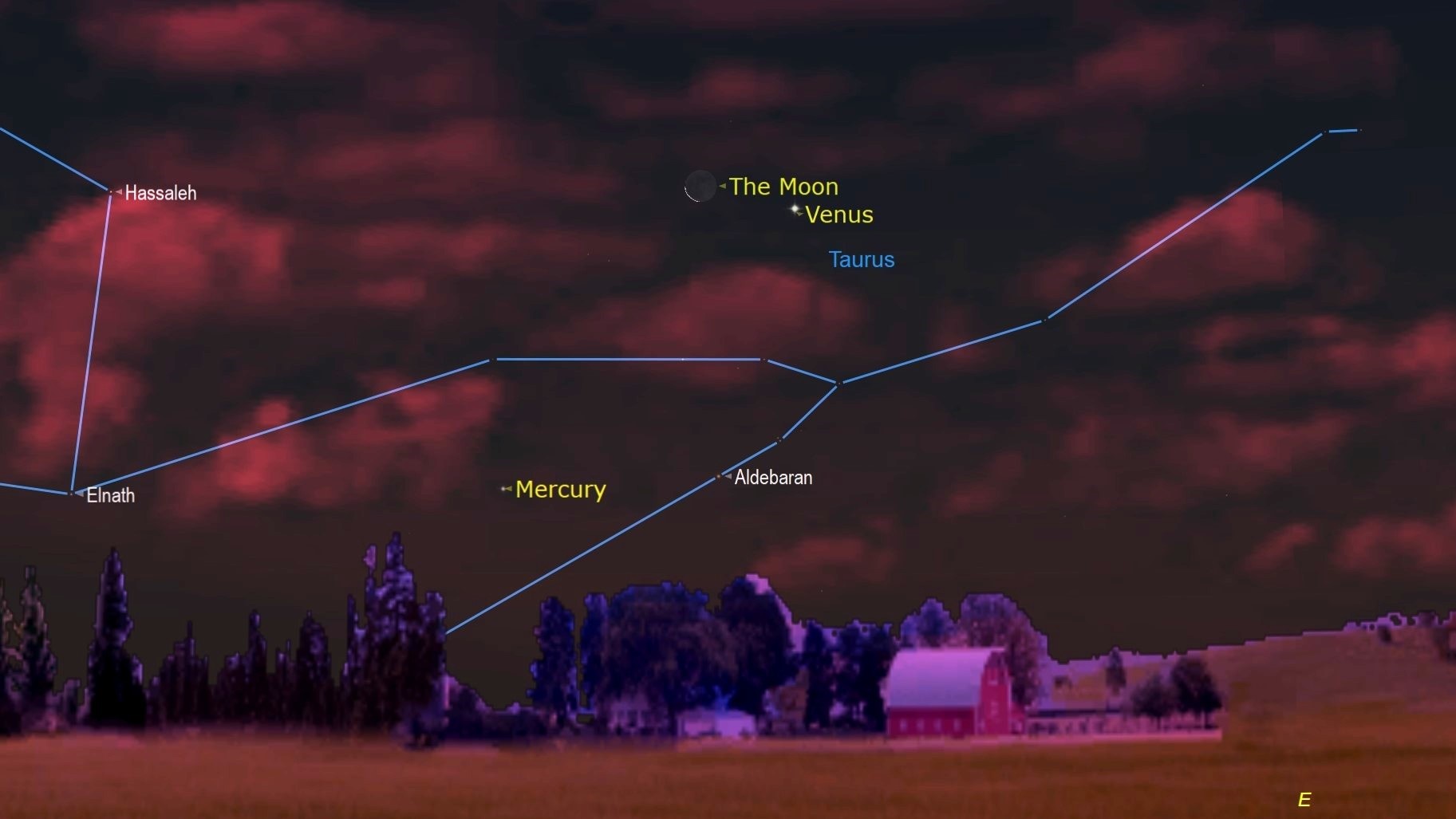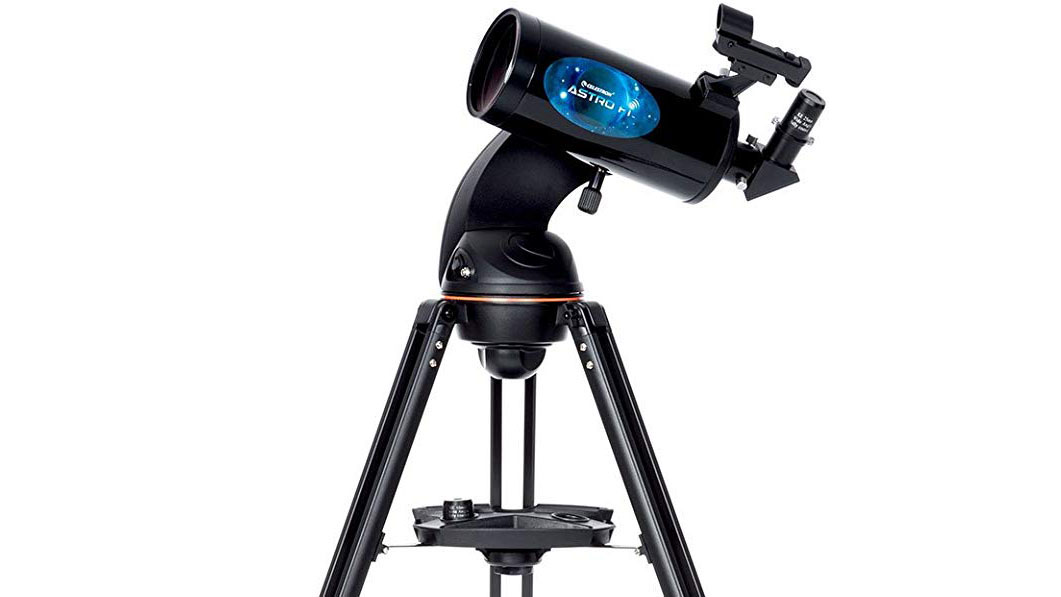Don't miss Venus meet the moon before dawn on Sunday in gorgeous photo opportunity
The spectacle will be visible to the naked eye or with a pair of binoculars.

Early risers will be rewarded with an exquisite photo opportunity Sunday (June 26) morning when the slim crescent moon shines close to Venus.
Set your alarm and get your camera ready as a charming sight will arrive in the hour before sunrise according to geophysicist Chris Vaughan, amateur astronomer with SkySafari Software who oversees Space.com's Night Sky calendar.
The "slim crescent of the old moon will shine just to the upper left (or 2.5 degrees to the celestial north) of the very bright planet Venus," Vaughan writes.
Related: The brightest planets in June's night sky: How to see them (and when)

Looking for a telescope for the next stargazing event? We recommend the Celestron Astro Fi 102 as the top pick in our best beginner's telescope guide.
The duo will shine just above the east-northeastern horizon, according to Vaughan, and will be flanked below and above by the planet Mercury and the Pleiades star cluster, respectively.
You don't need specialist equipment to witness this spectacle as it will be visible to the naked eye. But if you are looking for a telescope or binoculars to see such events, our guides for the best binoculars deals and the best telescope deals now can help. Our best cameras for astrophotography and best lenses for astrophotography to prepare to capture the next stargazing sight in a photo.
After Venus, the moon will wrap up its morning tour of the planets with Mercury on June 27. Throughout June, the moon has embarked on a planetary "meet and greet" in the predawn sky first passing Saturn on June 18, then Jupiter on June 21 and Mars on June 22.
Get the Space.com Newsletter
Breaking space news, the latest updates on rocket launches, skywatching events and more!
Venus cozying up to the slim crescent moon is not the only skywatching event to look out for this month. Over the next couple of days, it is still possible to catch a glimpse of a rare planetary alignment in which all five naked-eye planets are visible in the predawn sky. From left to right in the southeastern sky, you'll be able to spot Mercury, Venus, Mars, Jupiter and Saturn lining up in their orbital order from the sun.
Editor's Note: If you snap a photo of the moon and Venus and would like to share it with Space.com's readers, send your photo(s), comments, and your name and location to spacephotos@space.com.
Follow us on Twitter @Spacedotcom and on Facebook.
Join our Space Forums to keep talking space on the latest missions, night sky and more! And if you have a news tip, correction or comment, let us know at: community@space.com.

Daisy Dobrijevic joined Space.com in February 2022 having previously worked for our sister publication All About Space magazine as a staff writer. Before joining us, Daisy completed an editorial internship with the BBC Sky at Night Magazine and worked at the National Space Centre in Leicester, U.K., where she enjoyed communicating space science to the public. In 2021, Daisy completed a PhD in plant physiology and also holds a Master's in Environmental Science, she is currently based in Nottingham, U.K. Daisy is passionate about all things space, with a penchant for solar activity and space weather. She has a strong interest in astrotourism and loves nothing more than a good northern lights chase!









